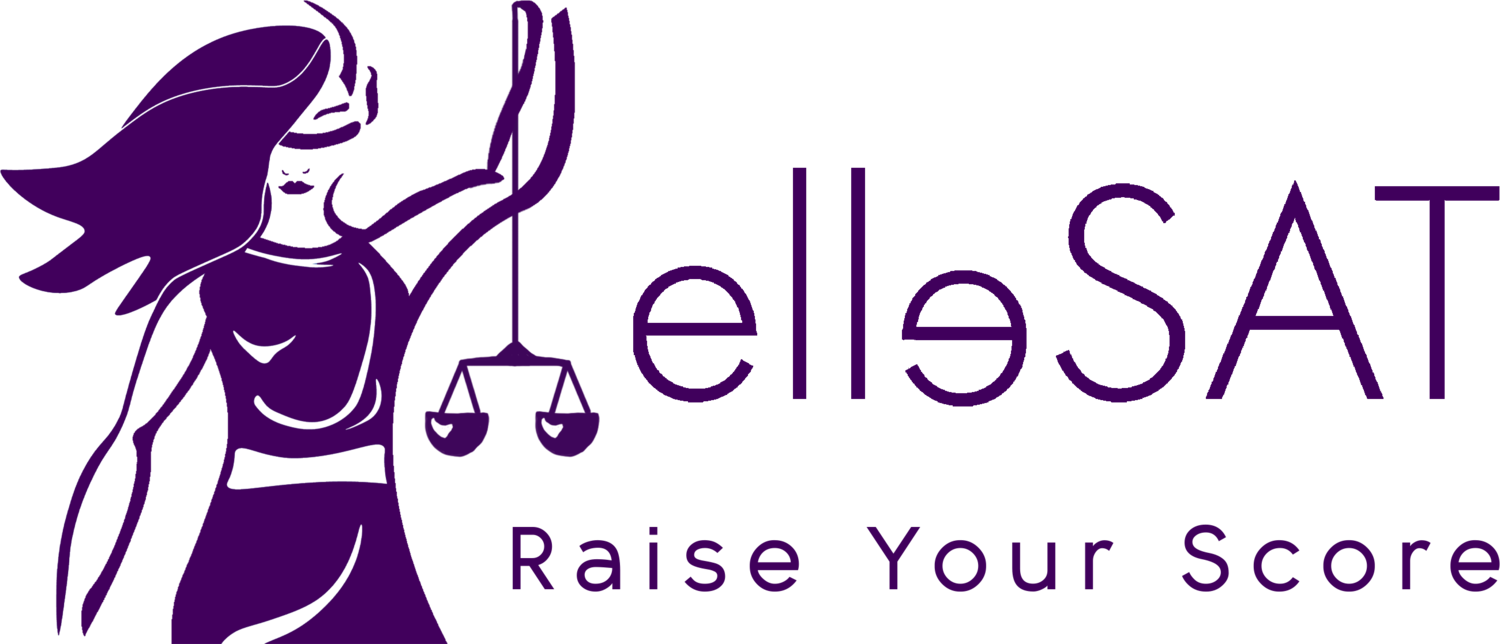Reading Comprehension Podcast, Practice Test 39, Passage 2 - African Art Classification
This is the first passage I cover with students who want to increase their speed in reading comprehension. Here’s how I suggest approaching this passage:
Start running a timer - you want to see how long this takes!
Read the passage as quickly as possible, but skip paragraph 3. Read the first two and the last sentence of this paragraph. Paragraph 3 is what I call a “case study” - it talks about an example of what the author is discussing in the passage. Any time one of these paragraphs appears, there will always be at least one question about details within this paragraph.
Skip to the questions that are about the third paragraph. The first question about it is question 9. Try to scan the paragraph looking for the answer, or use Ctrl+F to search. Looking for the information that Q9 asks about should help you move through the passage very quickly while picking up information but not reading too closely.
Do questions 11-13 next. These are all about the third paragraph and you’ll end up reading it through - but it will go more quickly because you’ve already scanned it answering Q9.
Answer the rest of the questions, skipping any that slow you down. Re-read the paragraphs more slowly as you do this. You may find that re-reading after reading quickly once is actually faster than trying to read in detail the first time.
Check your work, then press stop on the timer and record your time. Hopefully this takes you less than 10 minutes. When you get more confident about scanning and skipping, a passage like this usually takes between 6-8 minutes, depending how fast a reader you are.
Some people prefer to read more carefully once through, but I find that that looking for detail-type questions first after reading quickly helps me to focus and orient myself to the passage. If you want to try a new approach, though, a lot of my students like this one (especially people with ADHD).
